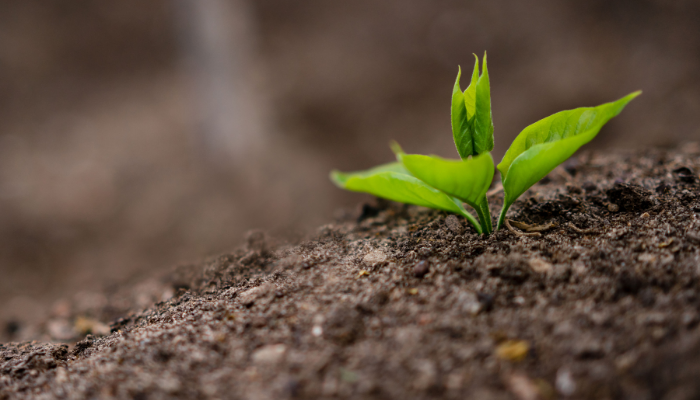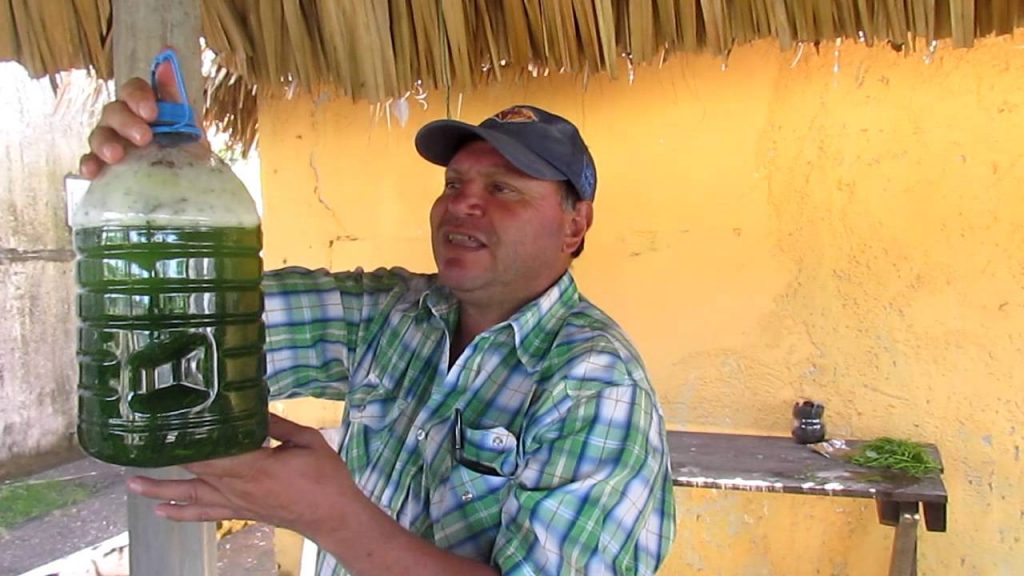Organic fertilizers and how to prepare them

The content of this article 'Organic fertilizers and how to prepare them' was prepared by www.infoagro.com and has been revised and republished by FreshFruitPortal.com.
Organic fertilizers are substances made up of animal, vegetable or mixed waste that are added to the soil to improve its physical, biological, and chemical characteristics.
They may be crop residues left in the field after harvest; green manure crops (mainly nitrogen-fixing legumes); organic waste from farming (manure, slurry); organic residues from processing agricultural products; domestic waste (household garbage, excreta); compost prepared with mixtures of the above-mentioned compounds.

Picture: Agronomist Fredy Crocker
Foliar organic fertilizers
This type of organic fertilizer not only provides the soil with nutritive materials, but also has a favorable influence on soil structure.
They also provide nutrients and modify the population of microorganisms in general, thus ensuring the aggregate formation that allows greater water retention, gas and nutrient exchange, at the level of plant roots.
For foliar fertilizer you may use slurry made with basul, trichanthera and nettle as described below:
Inputs for organic fertilizers
1) 1 kilo of basul leaves, 1 kilo of nettle leaves and 1 kilo of trichanthera leaves.
2) 1 kilo of fresh beef manure.
3) 1 clean plastic bucket.
Preparation of organic fertilizers
Finely chop the kilo of basul, nettle and trichanthera leaves. Mix everything with the kilo of manure and add 10 liters of clean water.
Place the mixture in a clean plastic bucket, of any color except red or yellow, under a healthy, leafy native tree.
Cover the bucket with a cloth to protect the mixture from insects and any debris while allowing microorganisms to breathe. Place a piece of zinc roofing tile.
Shake the mixture daily for 10 to 15 days, until fermentation has stopped, that is, without foam.
Use
Before its use, filter and dilute the fertilizer in 100 liters of water.
It can be applied either to the foliage, especially when the plants are small, or to the soil. It has been observed that this fertilizer helps to control iron stain in coffee crops.
Foliar fertilizer from human urine, also in the form of slurry.
Its preparation is as follows: Collect human urine in a plastic container and add the same amount of water.
Let it ferment for 10 to 15 days, remember the container must be completely closed, unlike other slurries.
After that, you will have to dilute it in water. The dilution varies from equal parts of water and slurry, up to 5 parts of water and 1 part of slurry, according to the needs of the crop.
Urine slurry acts like urea, but with the great difference that it does not acidify the soil, nor does it affect its microbiology. Besides, it’s free.
Biol Foliar Fertilizer
To produce BIOL, it is necessary to implement a biodigester.
Materials:
- A closed container or cylinder of 200 liters capacity.
- A plastic hose.
- A disposable plastic bottle.
Ingredients:
- 30 kg of fresh cow, goat, sheep manure.
- 5 kg of fresh chicken and guinea pig manure.
- 4 kg of virgin forest soil.
- 4 kg of caster brown or dark brown sugar.
- 3 liter of milk or yucca chicha.
- ½ kg of bone meal or crushed eggshell.
- 10 kg of chopped green plants (nettle, pigeon peas, yucca leaves, aquatic plants, horsetail).
Preparation:
- Put the ingredients in the container. Then, fill with water up to ¾ of the capacity of the container and cover it. It is necessary the container remains closed, without letting the air of the environment enter.
- The hose placed inside the bioprocessor goes out towards a bottle with water, to allow the gases produced by the fermentation to escape.
- The BIOL will be ready in 6 to 8 weeks, when we notice that gas has stopped coming out of the hose and therefore stop producing bubbles in the water of the bottle.
- Once the liquid is ready, it will be filtered and hermetically stored in dark containers, ready to be used.
- For foliar application on nursery seedlings, 5 liters of BIOL should be diluted in 90 liters of non-potable (non-chlorinated) water.
Slurry foliar fertilizer
Get a 50-liter capacity bucket or large container, in which 1 kg of manure and some yucca chicha (1/2 liter) will be added, filling the container with water.
Add 10 kg of nettle and horsetail previously chopped and crushed.
This preparation is covered and left to stand for 15 days, stirring it daily.
To apply it to the seedlings, mix 1 liter of slurry with 1 liter of water and apply it to the leaves using a brush made of dried banana leaves.
It can also be applied directly to the soil without diluting.
Nettle and horsetail foliar fertilizer
Boil 5 kg of nettle and 5 kg of horsetail in a 20-40 liter capacity pot for 30 minutes. Then, let it cool until the next day.
Once it is cold, apply it to the nursery seedlings by foliar application with a sprayer.
Source: www.infoagro.com















